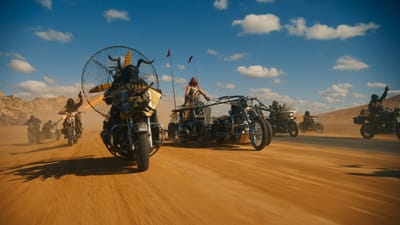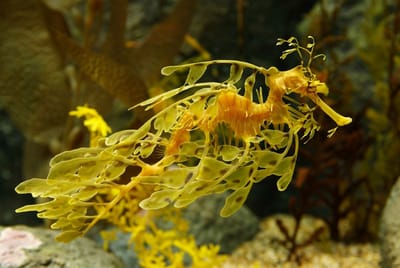TWIL #24: From Scavenging Birds to War of the Birds
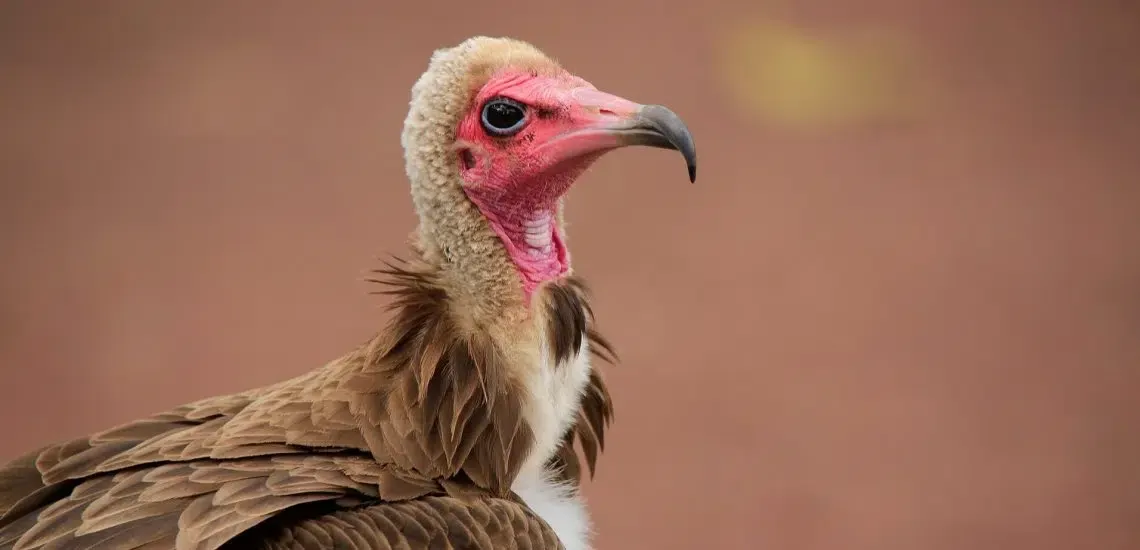
Every Sunday, I share a few of my learnings, reflections, and curiosities from the week. Things I stumbled upon, things I questioned, things that made me look twice. It’s not about being right or complete… it’s about noticing, wondering, and learning out loud.
Thanks for reading. I hope it sparks something for you too.
The Order of the Vultures
I’ve always loved birds. On safari, it’s not just the lions and elephants that catch my eye: it’s the shapes that wheel overhead. Vultures especially. There’s something ancient about them, something that makes you stop and watch. I love how different they look: some big and bald, others slight and sharp-beaked, each with its own air of grim purpose.
But it wasn’t until I heard someone on the radio this week that I realised just how perfectly they fit together. I knew there were different vultures. I’d seen them squabbling over a carcass, sometimes perched in the same tree, waiting for their turn. But I didn’t know that they follow each other in an exact order, like a well-rehearsed team, each with its own job in nature’s clean-up crew.
Out on the plains, when something dies, the vultures arrive in shifts. Each species is built for its part, a specialist that leaves the table ready for the next.
1. The butchers — Lappet-faced Vultures
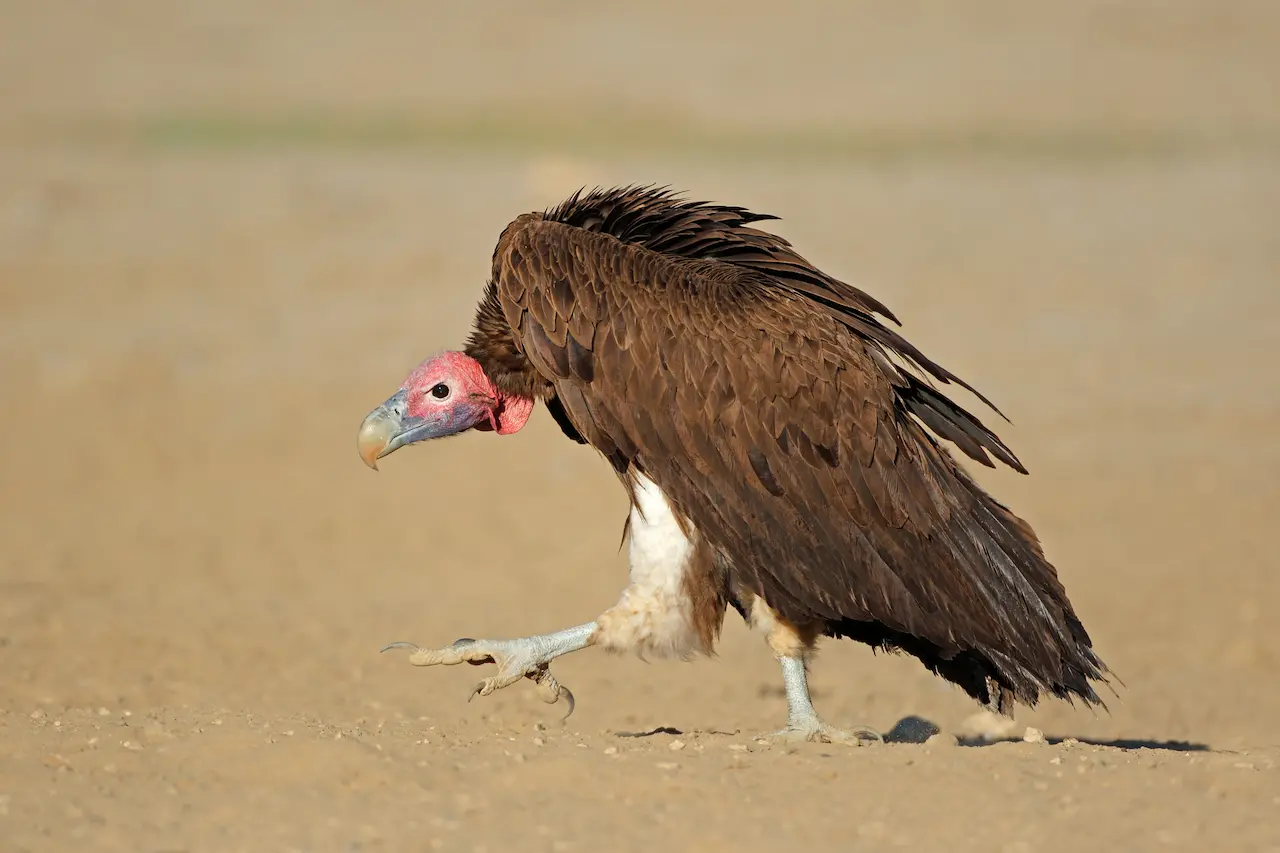
First to land are the heavyweights. The Lappet-faced Vulture drops down, wings wide, claiming the prize.
- Its massive, hooked beak tears open the hide no other bird can breach.
- Powerful neck muscles yank tough skin and tendons apart like paper.
- A bald, wrinkled head and neck stay cleaner as it plunges deep into the mess.
Without this brute, the rest would wait in vain. The butchers open the gate.
2. The gut specialists — White-backed Vultures

Once the skin is split and the first mouthfuls gone, the White-backed Vultures swoop in.
- They slip between the bigger birds, quick and bold, with narrower beaks for softer meat.
- Long necks snake deep into the carcass to reach the liver, heart and other rich organs.
- They watch for the butchers from high above, then come in flocks, squabbling for the best bits.
They are the gut raiders: fierce, noisy, unstoppable once they get inside.
3. The clean-up crew — Hooded Vultures
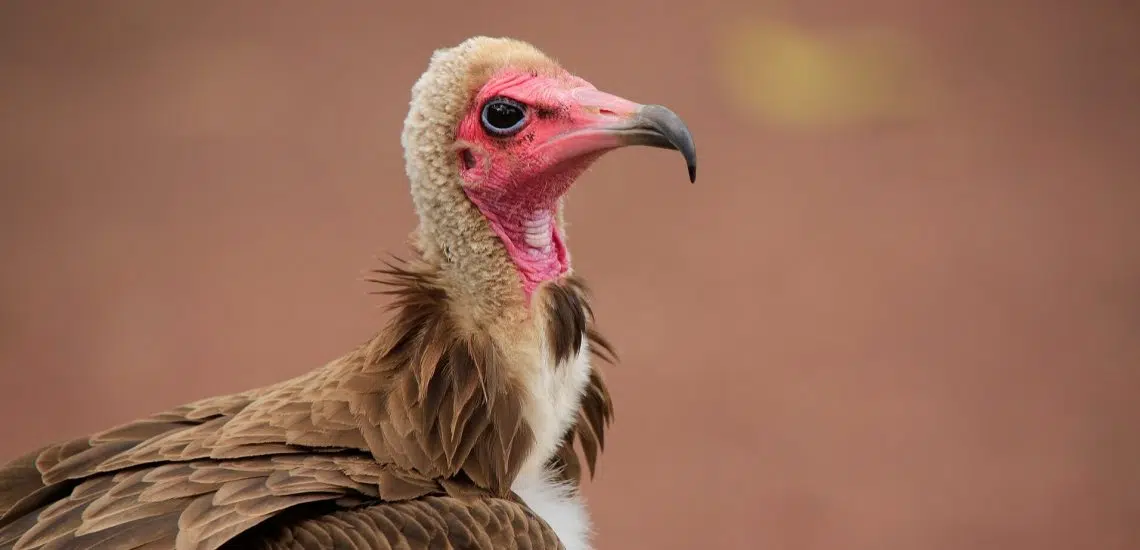
By now the big cuts are gone but scraps hide in corners. The Hooded Vulture shuffles closer.
- Small and nimble, it dodges the bigger birds to get at leftovers.
- Its slim, delicate beak probes between ribs, around eyes, in gaps too narrow for others.
- Often found near villages too, they are masters of finding overlooked scraps wherever they land.
They are the detail cleaners. The ones who leave nothing edible behind.
4. The bone eater — Bearded Vulture (Lammergeier)
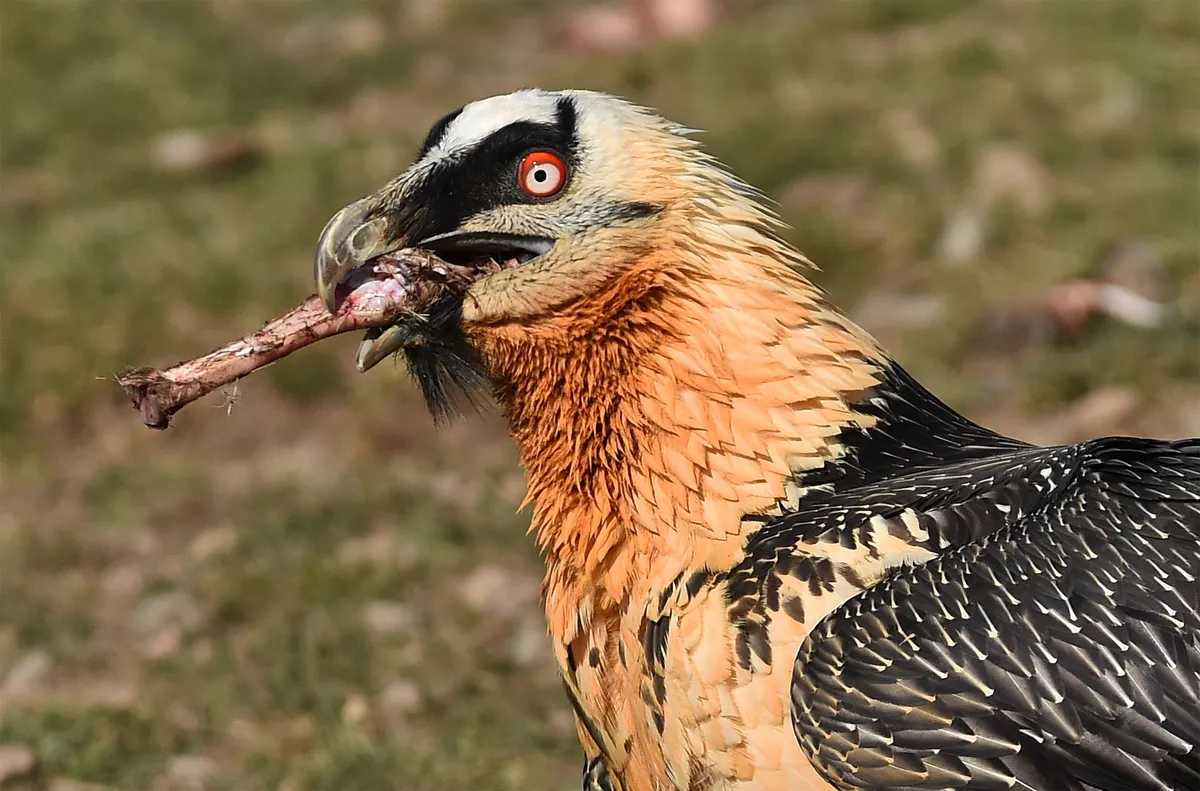
When flesh is gone and only bones remain, the final guest arrives. The Bearded Vulture circles high above.
- Huge wings lift it into the mountains where it hunts for bone fields left by other scavengers.
- It clutches big bones in its claws, soars up, and drops them onto rocks to smash them open.
- Then it gulps down shards whole, its stomach acid so strong (pH 1) that even thick bones dissolve.
- With iron-stained feathers and a black bristly “beard,” it looks like a myth made real. It is the last link in the chain. The recycler of the recyclers.
The School of Curiosity is a reader-supported publication. To receive new posts and support my work, consider becoming a free or paid subscriber.
An avocado vs. a steak
This week I learned, or maybe re-learned, that what is better on your plate is rarely as simple as it looks.
It started with an infographic I spotted on LinkedIn comparing the climate footprint of everyday foods. Nothing new: we all know beef is bad for the climate and avocados are complicated. But seeing the numbers side by side still made me pause.
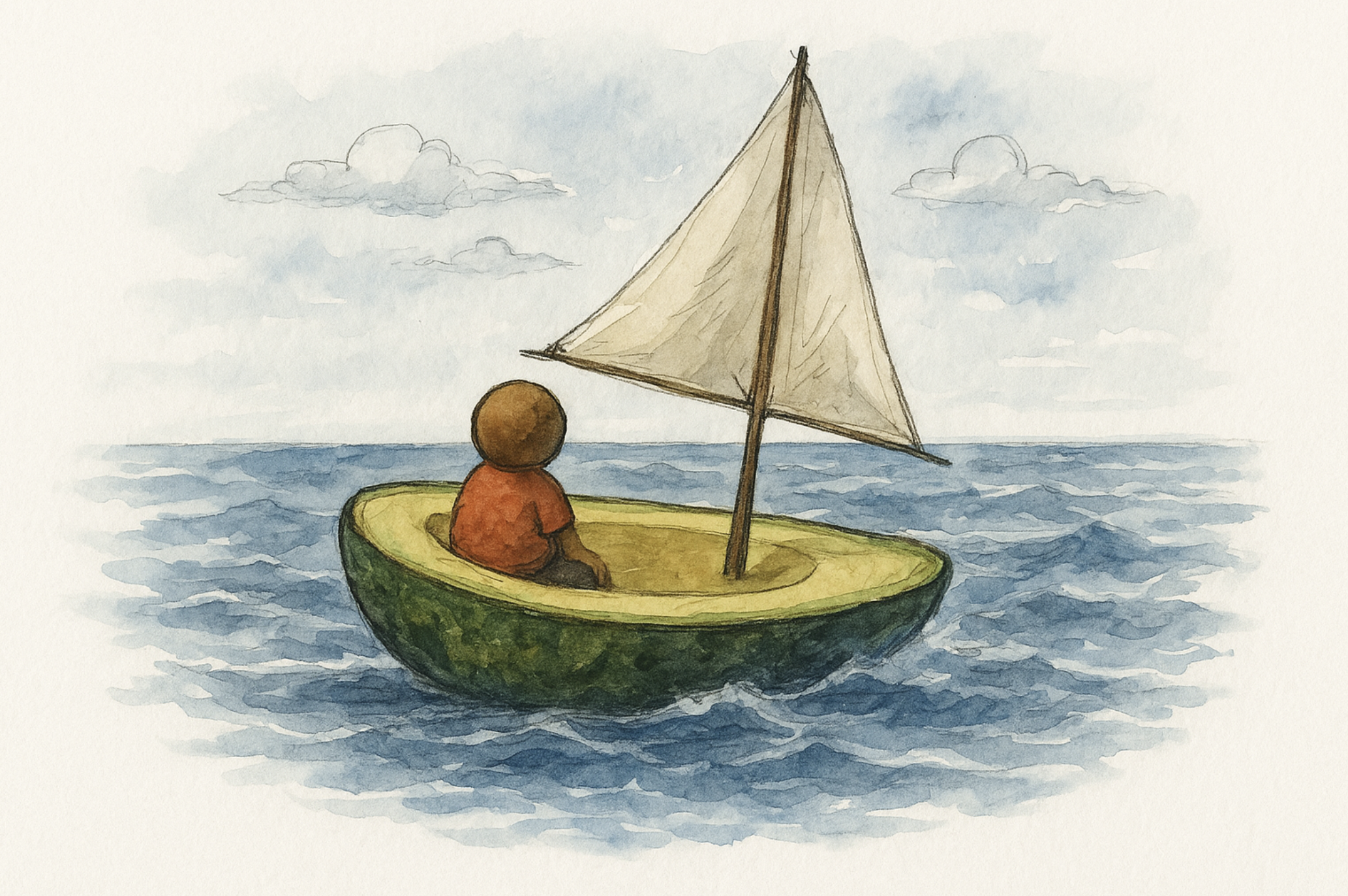
We love easy food rules. No meat? Good. Soy milk? Better. But then someone says: Soy equals deforestation. So you switch to oat milk: Monocultures. Fertilisers. Pick an avocado instead of cheese? Terrible…. it travels halfway around the planet and guzzles water in dry regions. Whatever you choose, it feels like you lose.
So I dug in again and here is what I learned.
A quick carbon snapshot:
- One average avocado (200g) is about 0.35 kg CO₂
- One local Dutch steak (200g) is about 5 to 7 kg CO₂
- So your steak has 15 to 20 times the footprint of the avocado
Why? Because cows are climate heavyweights…
- Around 80 to 90 percent of beef’s footprint comes from the cow itself: methane burps, feed crops, manure
- Local meat means no food miles, but that barely dents the total impact
- Livestock alone makes up 14 to 18 percent of global greenhouse gas emissions, about half from beef and dairy cows
Distance sounds huge but it is not the big deal:
- A typical avocado travels about 9,000 km to the Netherlands
- Eat one avocado a week for a year and your avocados have travelled 468,000 km. More than 11 times around the Earth
- Most come by ship, which is surprisingly low-carbon per kilo
- Transport is only 20 to 30 percent of an avocado’s footprint. Growing it is the bigger part
- To match the CO₂ of one steak, you would need to ship your avocado dozens of times around the world
And water:
- One avocado needs about 140 to 200 litres of water
- One steak uses 3,000 to 4,000 litres!
Land use:
- One kilogram of avocados uses about 2 square metres of land
- One kilogram of beef uses 25 to 30 square metres, plus the impact if forests are cleared for pasture
Air-freighted avocados:
- If your avocado is flown (rare, but possible for very ripe fruit) its footprint can triple to around 1 to 1.5 kg CO₂ per fruit
- Still lower than beef, but the gap shrinks
So this week I learned: that avocado might circle the planet 11 times to land on my toast, but it is still nowhere near the CO₂ hit of a steak from a local Dutch pasture.
There is no perfect food.
But there are better choices.
And sometimes the obvious villain, distance, is not the real story at all.
Next time someone says your avocado is bad, you can say: yes, but my steak would be worse.
What about you?
What is a thing you thought you knew, until you saw the hard data?
If you want to check what sits on your plate, two good places to start are the BBC Climate Food Calculator and Our World in Data. They are both clear, visual, and surprisingly fun to poke around in.
The Great Emu War
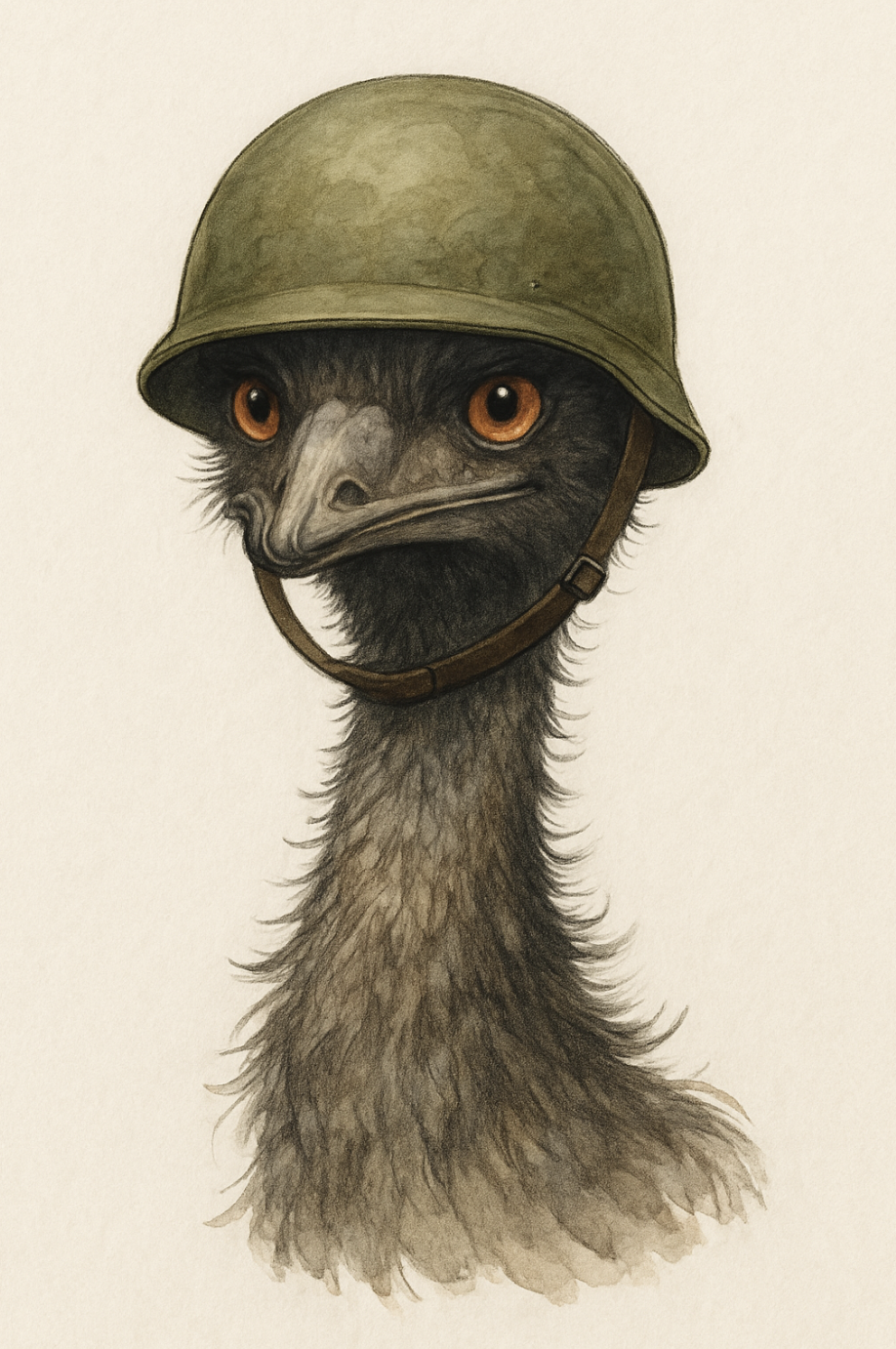
Australia once went to war with emus… and the emus won.
In 1932, farmers in Western Australia were in trouble. Many were World War I veterans given farmland in the middle of nowhere. When the Great Depression hit, wheat prices collapsed, harvests failed, and then came a new enemy: about 20,000 emus marching inland in search of food and water. They found endless wheat fields and turned them into a buffet.
The farmers asked the government for help. The government sent the army. Soldiers armed with Lewis machine guns: fresh from the trenches of World War I. They set out to defeat a bird.
But emus do not line up and wait. They scatter into small flocks, run up to 50 kilometres per hour, and zigzag in every direction. Machine guns jammed, trucks with mounted guns could not keep up, and thousands of rounds did almost nothing. The soldiers managed to kill a few hundred birds but the vast majority simply vanished into the bush and then came back for more wheat.
After a few frustrating weeks, the army admitted defeat and pulled out. The Great Emu War ended with the birds alive, the wheat mostly eaten, and the farmers building longer fences instead of calling for more guns.
Today, the Great Emu War remains one of history’s strangest battles. A reminder that sometimes nature just shrugs and keeps walking.
And on that serious note we end this week’s TWIL. So long, and thanks for all the fish.


